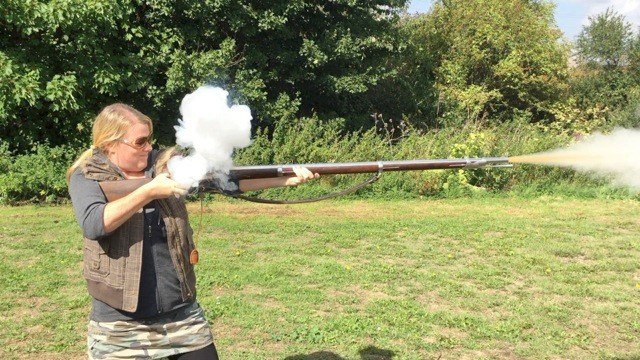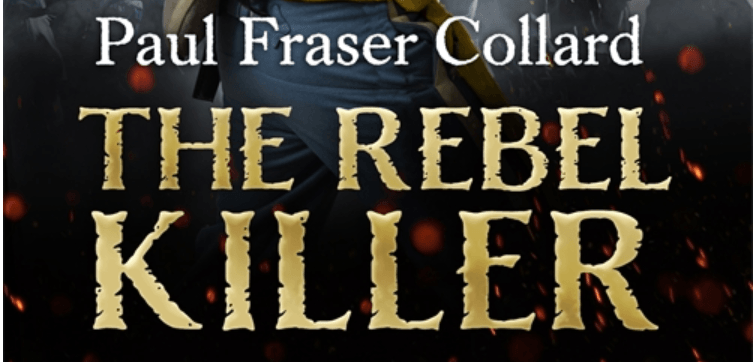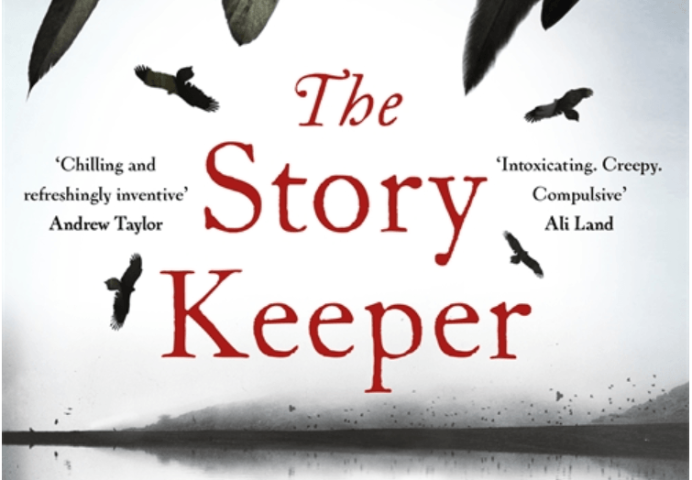The Harrying of the North by James Aitcheson

Ask most people what was the defining event of the Norman Conquest and they’ll probably name the Battle of Hastings, when William the Conqueror defeated and killed his rival Harold Godwineson en route to seizing the English crown in 1066. However, it was the cruel coda to Hastings that has arguably done most to define modern perceptions of the Normans and their impact on England. Over the winter of 1069-70, William the Conqueror’s armies laid waste Yorkshire and the north-east of England in a ruthless scorched-earth campaign known today as the Harrying (or Harrowing) of the North. Entire villages were razed and their inhabitants put to the sword; livestock were slaughtered and stores of food were destroyed. One of the most brutal episodes of the Middle Ages, even today this campaign ranks among the very worst atrocities ever to take place on British soil, and it’s against this backdrop that my latest novel The Harrowing is set.

Facts your never knew about the Harrying of the North:
- As many as 100,000 people died as a result of famine in the wake of the devastation, according to the chronicler Orderic Vitalis: comparable in magnitude with the death toll resulting from the atomic bombing of Hiroshima in 1945.
- The twelfth-century historian John of Worcester records that food was so scarce in the aftermath of the Harrying that people were reduced to eating not just horses, dogs and cats but also human flesh.
- Yorkshire and the north-east bore the brunt of William’s wrath, but they weren’t the only regions affected; parts of Lincolnshire, Cheshire, Staffordshire and Shropshire also suffered.
- Refugees from the devastation are recorded as far south as Evesham Abbey in Worcestershire, where a camp was established by Æthelwig, the abbot, who ensured that food was distributed to the survivors. Unfortunately, the abbey’s chronicle says that many of those starving folk “died through eating the food too ravenously”.
- The effects of the Harrying of the North were long-lasting. In 1086 – sixteen years after the event – one-third of the available land in Yorkshire was still ‘waste’ (Latin: vasta) according to Domesday Book, the great survey that William commissioned towards the end of his reign.
Facts you never knew about James Aitcheson:
- I didn’t always imagine myself as a historical novelist. As a teenager I loved science fiction and fantasy, and particularly enjoyed writing in those genres. It was only while I was studying History at Cambridge that I really began to think about turning to historical fiction.
- Having said that, the first ever piece of historical fiction that I can remember writing was a short scene set during the Battle of Roundway Down in 1643, which I included as part of my school History project on the Civil War when I was twelve. I still have it on my computer!
- My favourite historical location is Old Sarum, near Salisbury in Wiltshire, which is steeped in history. An imposing Iron Age hillfort, it was later occupied by the Romans and in the late Anglo-Saxon period housed a mint, before becoming the site for a Norman castle and cathedral after the Conquest.
- My favourite historical novel is Alias Grace by Margaret Atwood: an absorbing and affecting tale, written in her customary sparkling prose, of a housemaid in 1840s Canada convicted of the murder of her employer.
James’s new novel The Harrowing publishes on 07 July and is available to buy here , and you can find out more about James on his website or by following him on Twitter and Facebook.







